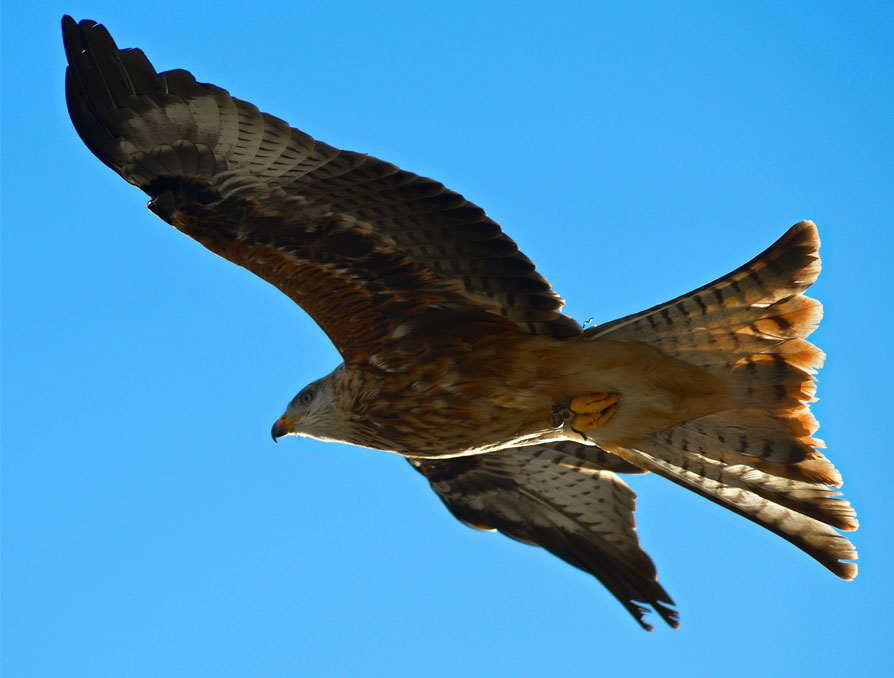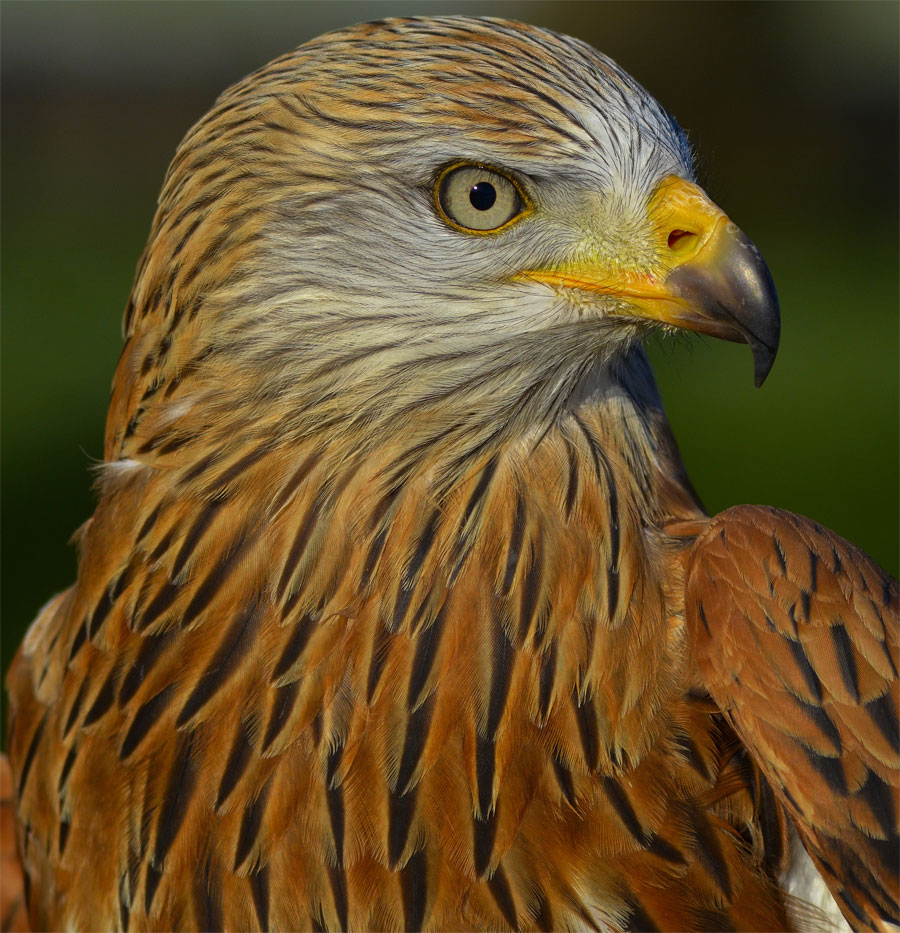Red Kite

The red kite (Milvus milvus) is a medium-large bird of prey in the family Accipitridae, which also includes many other diurnal raptors such as eagles, buzzards, and harriers. The species is currently endemic to the Western Palearctic region in Europe and northwest Africa, though formerly also occurred just outside in northern Iran. It is resident in the milder parts of its range in western Europe and northwest Africa, but birds from northeastern and central Europe winter farther south and west, reaching south to Turkey. Vagrants have reached north to Finland and south to Israel, Libya and Gambia.
The red kite was once regarded as vermin and was exterminated in England, Scotland and most of Wales by the end of the 18th century. In rural Mid Wales, a few local landowners had the foresight to set up an unofficial protection programme. Over a period of around 100 years, committed generations of landowners, rural communities, dedicated individuals and organisations, such as the Welsh Kite Trust, made great efforts to maintain a fragile breeding population. Today, there are more than 300 breeding pairs in Wales and over 200 breeding pairs in England.
Red Kite Conservation
The first Kite Committee was formed in 1903 by concerned individuals appalled at the continuing destruction of kites, who initiated the first nest protection schemes. The RSPB is thought to have been involved continuously since 1905.
The rarity of the red kite made it a prime target for egg collectors and bounty hunters, who robbed up to a quarter of nests each year. More sophisticated nest protection initiatives during the 1950s and 1960s succeeded in reducing the proportion of nests robbed, and this is no longer regarded as a serious problem for red kites.
In 1980s the red kite was one of only three globally threatened species in the UK, and so it was a high priority for conservation efforts.
The Project
It became apparent that due to the low rate of chick production by the Welsh kites, largely caused by the marginal habitat the birds live in, combined with the activities of egg collectors and illegal poisoning, the birds would be unlikely to be able to spread out of Wales.
In recognition of this, the RSPB and NCC (now Natural England and Scottish Natural Heritage), got together in 1986 to discuss the feasibility of reintroducing the red kite to England and Scotland.
Reintroduction would only be considered if the IUCN (International Union for Conservation of Nature) criteria were met in full:

- The existence of good historical evidence of former natural occurrence.
- A clear understanding of why the species disappeared. Only if the disappearance was due to human action and the species was unlikely to recolonise naturally, would it be considered.
- The factors causing extinction have been rectified.
- Suitable habitat is still present to support a viable population.
- Birds intended for release are genetically as close as possible to the former indigenous population.
- The removal of birds for the project does not jeopardise the survival of the population from which the birds are taken.
- The red kite is one of few bird species in Britain that fulfils all the criteria.
For more information RSPB
